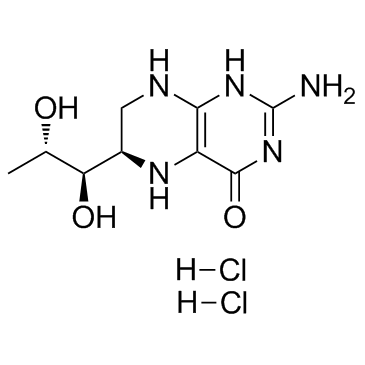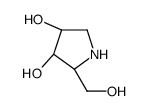| Structure | Name/CAS No. | Articles |
|---|---|---|
 |
(6R)-5,6,7,8-Tetrahydro-L-biopterin dihydrochloride
CAS:69056-38-8 |
|
 |
Triamterene
CAS:396-01-0 |
|
 |
1,4-Dideoxy-1,4-imino-D-arabinitol hydrochloride
CAS:100991-92-2 |